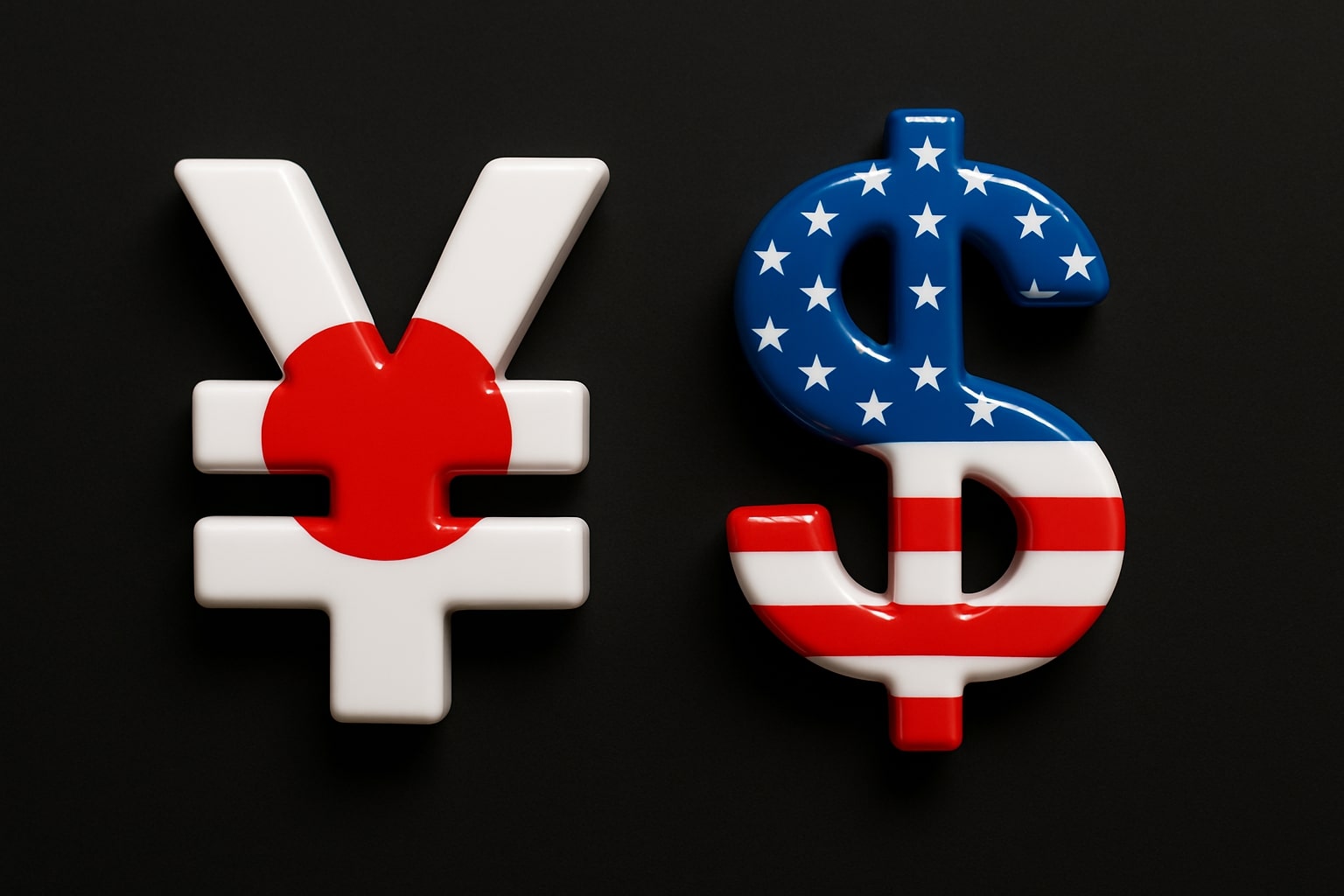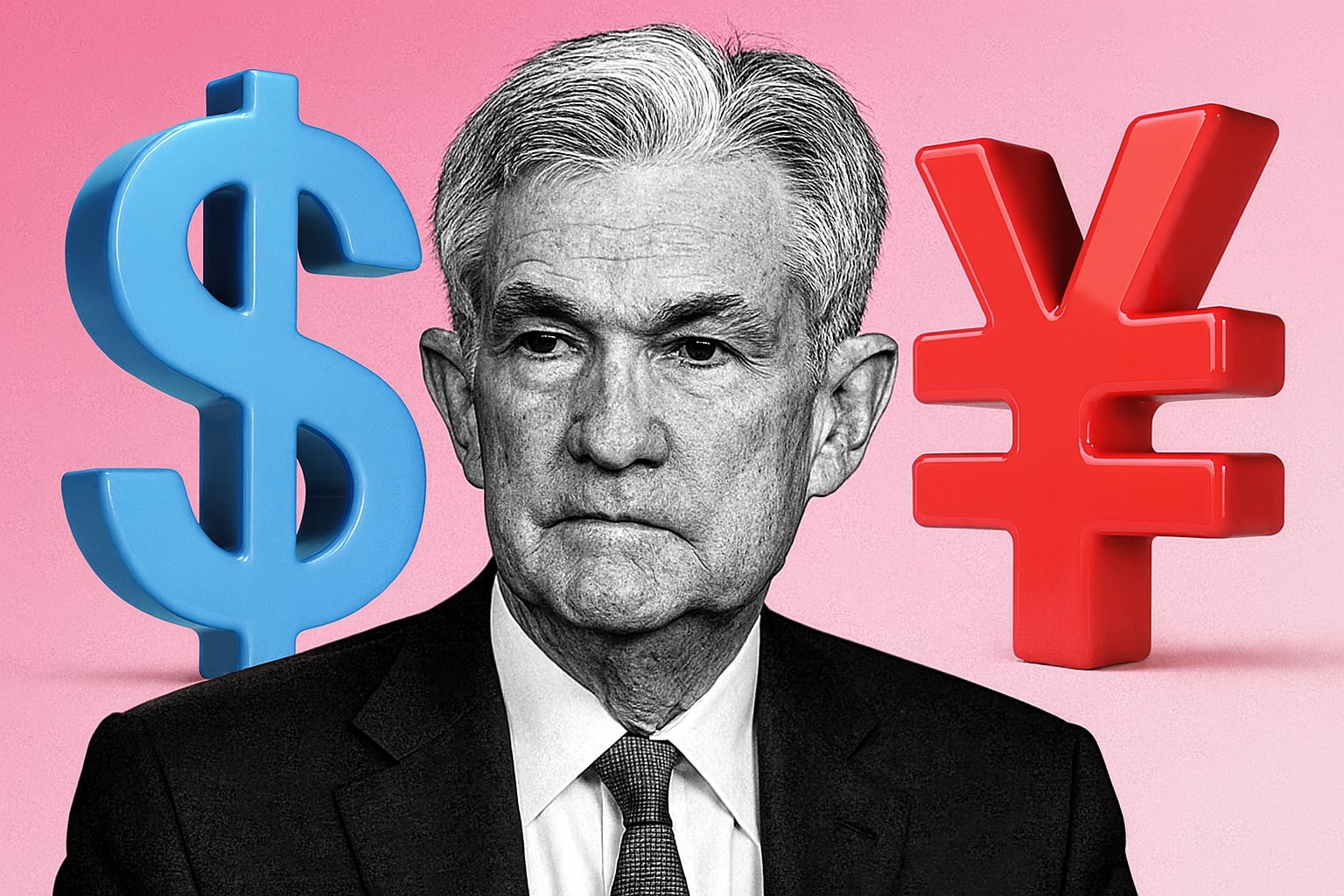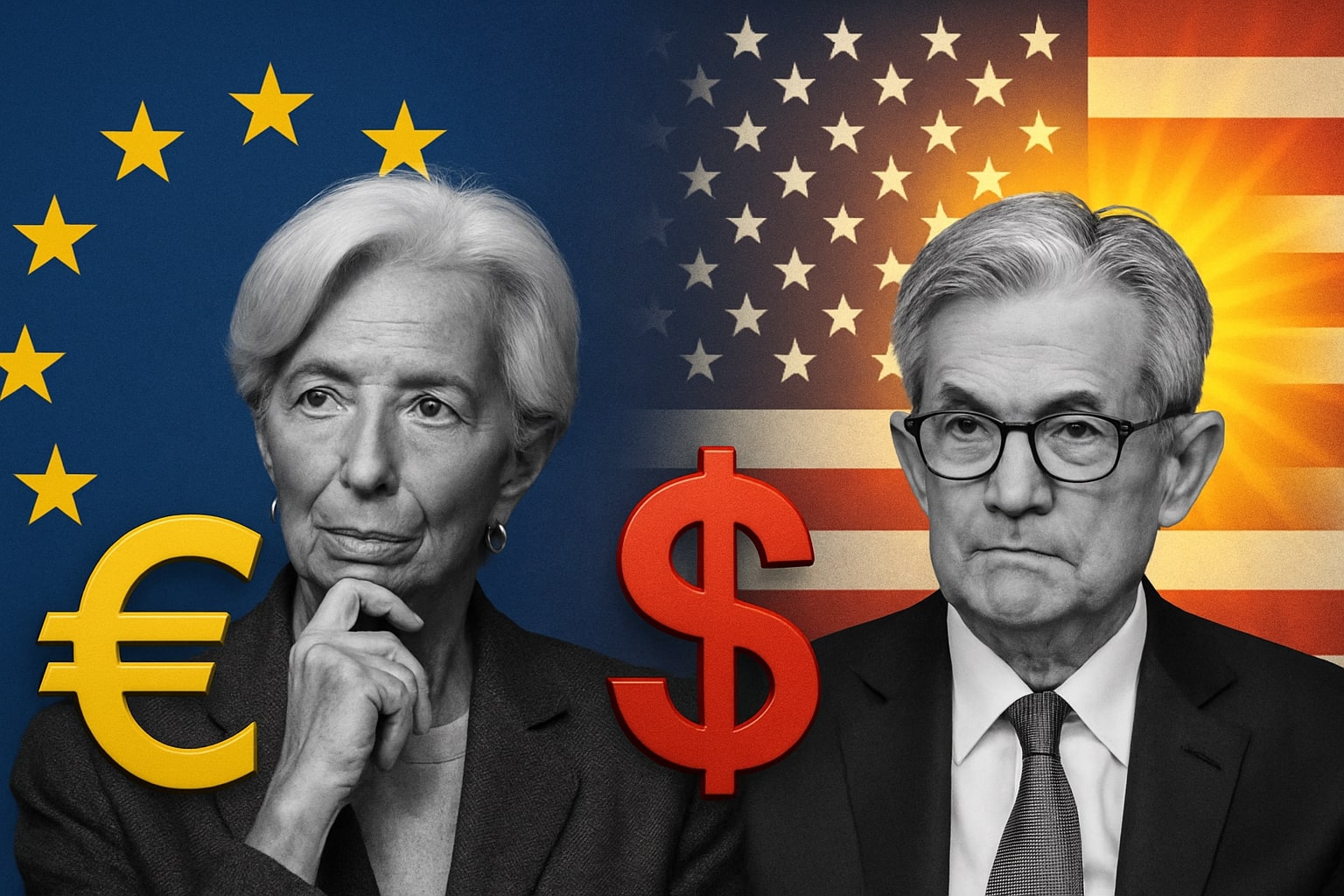
JPY/USD Price Steadies at 147.50 as Policy Divergence Defines Outlook
Yen strength supported by BoJ’s hawkish stance while Fed’s dovish drift caps dollar gains, keeping USD/JPY locked between 146.00 and 148.00 | That's TradingNEWS
JPY/USD Navigates Tight Range as Policy Divergence and Geopolitical Shifts Shape Outlook
Bank of Japan’s Hawkish Tilt Meets Federal Reserve’s Dovish Drift
The JPY/USD currency pair has been locked in a tight corridor between 146.00 and 148.00, with traders struggling to commit to either side of the trade. At the heart of this standoff lies the sharp divergence between the Bank of Japan and the Federal Reserve. The BoJ has revised its inflation outlook upward, signaling scope for further tightening, potentially lifting the policy rate before year-end. Japan’s second-quarter GDP surprised to the upside despite tariff-related headwinds, bolstering expectations that policymakers may follow through with rate hikes. The shift has pushed Japan’s 30-year bond yield to a 25-year high at 3.2%, and the 40-year yield climbed past 3.5%, the highest since its creation in 2007. This narrowing yield differential against U.S. Treasuries has stripped some of the appeal of holding dollars, particularly as U.S. long-dated bonds remain volatile. By contrast, the Fed is widely expected to embark on a rate-cutting cycle, with futures markets pricing in an 85% chance of a 25-basis-point reduction in September and another cut before year-end. That divergence has capped rallies in USD/JPY despite sporadic bursts of dollar strength.
Safe-Haven Demand Dampened by Geopolitical Developments
While Japanese government bond yields are anchoring yen strength, the traditional safe-haven flows into the JPY have been tempered by geopolitical news. Market optimism over potential peace talks between Russia and Ukraine, brokered by U.S. President Donald Trump, has lowered the urgency for yen demand. Reports of a possible summit between Trump, Putin, and Zelensky have eased tail risks, reducing JPY buying even as investors normally seek shelter in the yen during global uncertainty. At the same time, domestic political uncertainty in Japan—highlighted by the ruling LDP’s loss in the upper house election—creates a conflicting backdrop for yen bulls. Traders worry that higher U.S. tariffs could dent Japan’s export-driven economy, raising the possibility that the BoJ’s rate normalization could be delayed despite hawkish rhetoric.
U.S. Data, Treasury Yields, and Jackson Hole Loom Large
The U.S. macro calendar has introduced fresh volatility into JPY/USD. Housing Starts surged 5.2% in July to 1.428 million, but Building Permits slipped 2.8% to 1.354 million, underscoring uneven momentum in the housing sector. Retail sales rose 0.5% in July, following an upwardly revised 0.9% in June, while University of Michigan consumer sentiment fell sharply to 58.6 from 61.7. Inflation expectations ticked higher, with the 1-year view rising to 4.9% and the 5-year projection at 3.9%, complicating the Fed’s dovish tilt. Treasuries have responded with erratic moves, the 10-year note recently trading near 4.7%, underscoring skepticism about whether rate cuts can be sustained in the face of sticky inflation. All eyes now turn to Chair Powell’s speech at Jackson Hole, where markets hope for clarity on the September cut. Traders are preparing for volatility, as Powell’s words will be critical in shaping near-term direction for USD/JPY.
Technical Landscape: Resistance at 148.00, Support at 146.00 in Focus
The JPY/USD technical picture shows a market in consolidation but primed for breakout. Upside attempts consistently stall near 148.00, where multiple Fibonacci retracement levels and moving averages converge. Clearing that level decisively could open the path toward 148.55–149.00, and eventually challenge the 151.00 threshold if momentum accelerates. On the downside, initial support rests at 147.10–147.00, followed by 146.20, a multi-week low revisited last week. Breaching 146.00 would invite bearish momentum toward 145.40–145.00, a psychological zone that could shift sentiment firmly in favor of yen buyers. Indicators underscore this neutrality: the RSI hovers near mid-range after working off overbought conditions, while the 20-day EMA has crossed below the 50-day EMA, pointing to emerging downside risks. The tactical playbook in recent sessions has been straightforward—buy dips below 147 and fade rallies above 148, a pattern that reflects the market’s conviction in the range.
Interest Rate Differentials and Carry Trade Risks
Beyond the day-to-day technicals, the underlying narrative in JPY/USD circles back to the shifting rate differential. For two decades, the yen’s ultra-low rates fueled global carry trades, but with BoJ tightening and the Fed leaning toward easing, the dynamics are shifting. A narrowing spread has already triggered partial unwinds, and further BoJ hikes could accelerate this process. If the Fed cuts while Japanese yields grind higher, the dollar-yen spread could compress to levels not seen in years, encouraging capital flows back into yen. That raises the possibility of a sharper correction in USD/JPY, especially if institutional investors rotate out of dollar assets into Japanese bonds yielding above 3% for the first time in decades.
Market Sentiment and Trading Strategies into Late August
Market positioning reveals cautious behavior. Exchange-traded data show speculators trimming long-dollar bets, with open interest in USD/JPY futures slipping. Liquidity conditions in August are also thinner, amplifying price swings around key events like Jackson Hole. Near-term sentiment favors range-trading, but traders are preparing for directional moves tied to Powell’s remarks and fresh economic prints. Should Powell confirm the September cut without pushback, USD/JPY could slip below 146.00 rapidly. Conversely, any hawkish surprise or emphasis on persistent inflation could re-energize the dollar and trigger a test of 149.00.
That's TradingNEWS
Read More
-
SCHD ETF Price at $27: Can SCHD’s 4% Yield and 9.15% Dividend Growth Beat High-Yield Covered Call ETFs?
15.12.2025 · TradingNEWS ArchiveStocks
-
XRP ETFs Close on $1B Inflows as XRPI at $10.92 and XRPR at $15.52 Hit 52-Week Lows
15.12.2025 · TradingNEWS ArchiveCrypto
-
Natural Gas Price Forecast: NG=F Holds the $4 Floor as Oversupply Clashes with 2026 LNG Demand
15.12.2025 · TradingNEWS ArchiveCommodities
-
USD/JPY Price Forecast - Dollar to Yen At 155: Yen Strength Builds As BoJ Hike And NFP Collide
15.12.2025 · TradingNEWS ArchiveForex



















